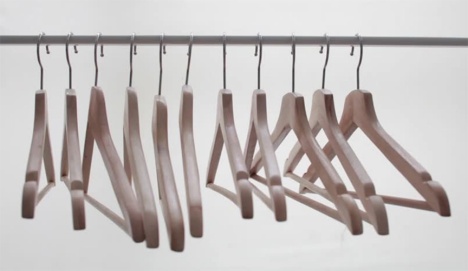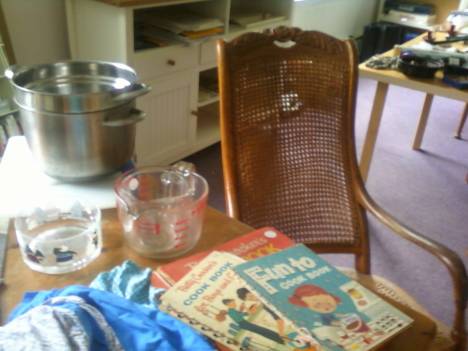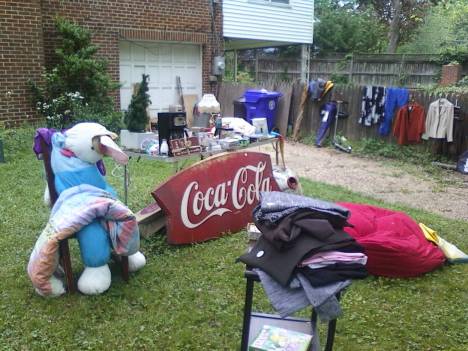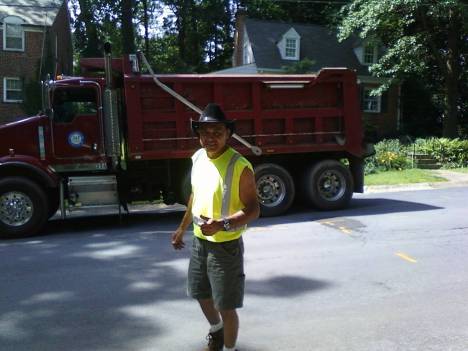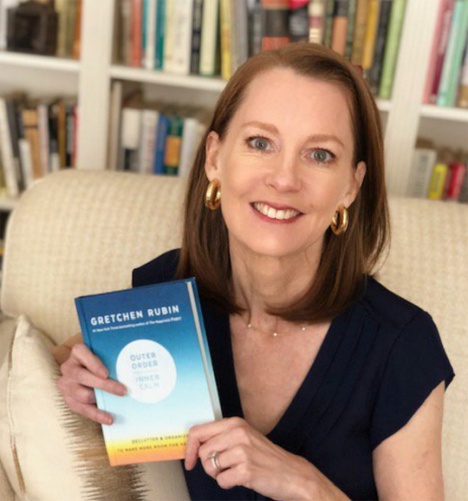During this prolonged stay-at-home time, many people have founds ways both traditional and innovative to fill their time. They are reading more, gardening, knitting, working on jigsaw puzzles, baking, and taking video classes (I took one on neuroscience). Some brave souls have taken to downsizing and decluttering years of possessions. My hats off to them and the initiative they have. Me, not so much.
What motivates someone to decide to accept the challenge of owning too much stuff and then actually getting rid of what they don’t need? Let’s look at what impels people to declutter.
Does it spark joy?
Although Marie Kondo has strict guidelines for herself and her home, she shows great respect for others who can’t quite declutter by asking that one simple question. As I wrote in a previous post: She doesn’t begrudge anyone anything. No judgment, just a gentle nudge to be more mindful of what we have. With no place open to donate to, Kondo-ing doesn’t seem quite right for this moment.
Pretend you’re moving
For those of us stuck at home right now that seems a bit drastic – we can’t move anywhere – although there is much to recommend here. As suggested in an earlier post, perhaps we could use the “move out” method on closets and dressers. Empty them completely and then put back only what we need and love.
Soul searching
Soul searching is thinking about who we really are in relation to our stuff: what we need to keep and what we can get rid of because it no longer speaks to who we are. Perhaps there is a good time for that, as discussed here, but right now it seems too difficult a task for those sheltering at home.
“The best, favorite, necessary”
Emily Ley, an author and creator of the Simplified Planner has created a #RuthlessDeclutterChallenge and asks her followers to keep only “the best, favorite, necessary.” That has become a new mantra for me. Asking what is the best, the favorite or the necessary works for any collection of things from too many T-shirts to too many pots (and maybe even to too many books) and gives us new criteria against which to make decisions about our stuff.
Some of us are under more strict stay-at-home orders, some of us live in areas that are beginning to open up. All of us, to some degree, are at home with everything we own. What motivates you to sort through your stuff? We’d love to hear from you. Share what motivates you in a comment below.
Linda Hetzer is an editor and author of books on home design, crafts, and food, and coauthor of Moving On: A Practical Guide to Downsizing the Family Home.
Filed under: #covid19, #StayHome, decluttering, downsizing, emptying the house, living with less, Marie Kondo | Tagged: creative strategies for downsizing the home, talking about downsizing, too much stuff | Leave a comment »









